8 Applications of Virtual Reality Shopper Market Research Studies
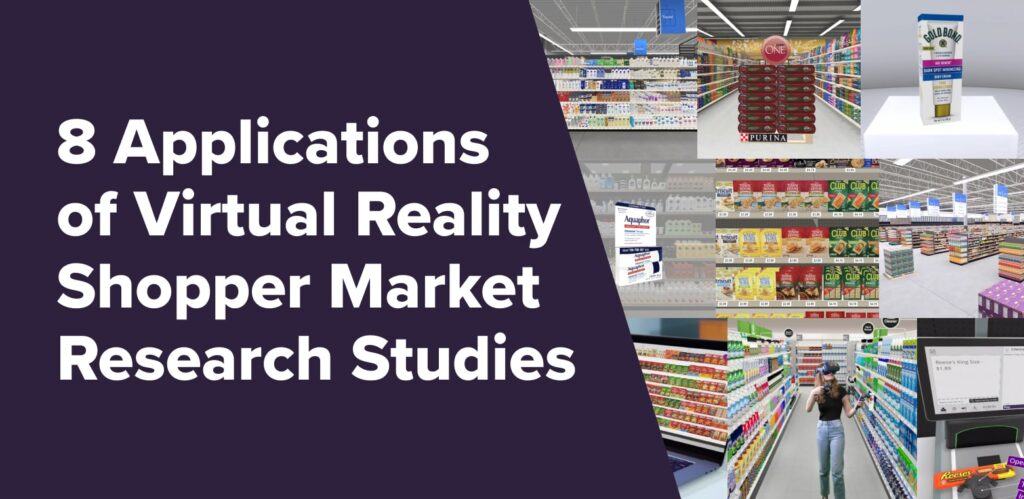
Discover several types of consumer packaged goods (CPG) market research that can be conducted in virtual reality store environments.
Virtual reality (VR) shopper market research software solutions leverage immersive technology to create simulated environments where researchers can study behaviors, reactions, and interactions in a controlled yet realistic setting. Virtual reality market research for retail business is particularly valuable because it allows for the digital management of perishable food product inventory, the ability to recreate store environments, and the potential to elicit natural shopping responses from participants.
There are several types of market research in the retail industry, most of which can be conducted more efficiently using virtual reality. Let's take a look at several of these virtual shopper research studies and how VR is changing their market research methods.
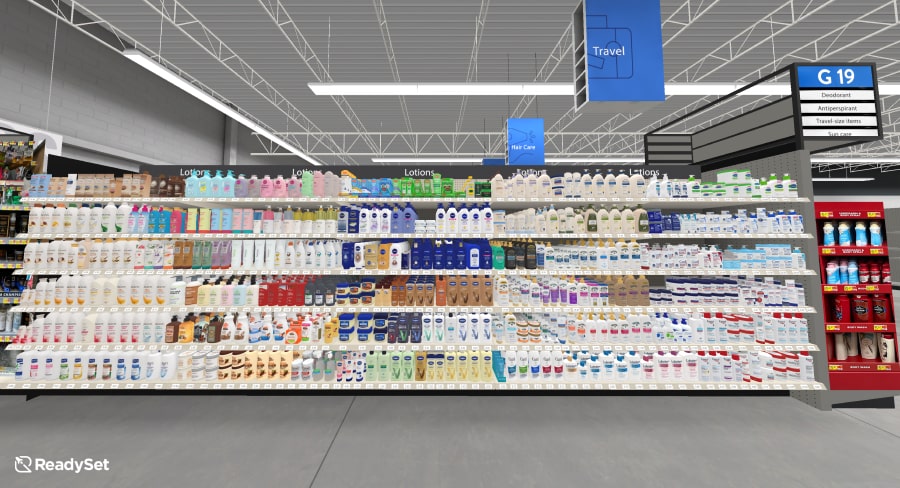
1. Shelf Assortment & Arrangements
Virtual reality revolutionizes retail market research by allowing experimentation with shelving and assortment layouts in a dynamic and interactive 3D environment. With VR, category managers can create and modify planograms with unprecedented flexibility, enabling them to test various product arrangements and shelving configurations without the constraints of physical space.
This immersive approach allows for the collection of detailed shopper insights, as VR market research tools can track how customers interact with different layouts, providing valuable data on which configurations drive the most engagement and sales. By leveraging VR, retailers can identify optimal shelf assortments and arrangements more efficiently, ultimately enhancing the shopping experience and boosting profitability.
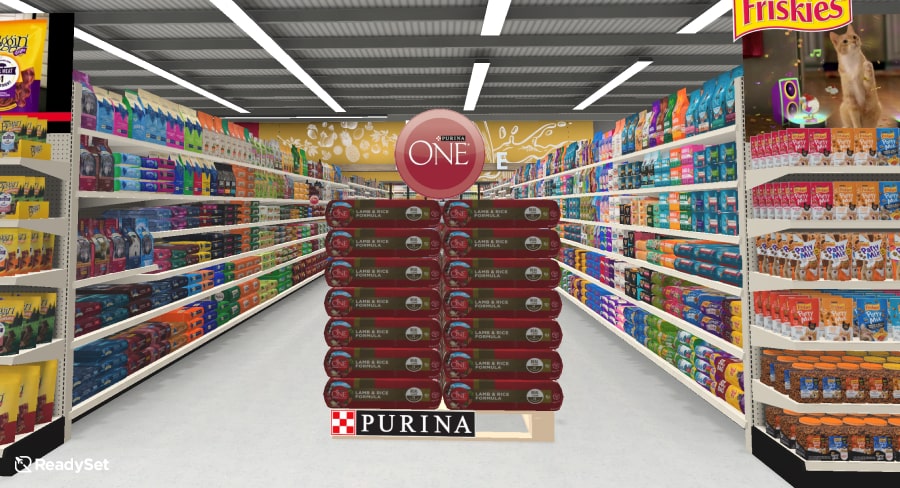
2. Retail Displays & Signage
Utilize VR market research software to test signs and retail product displays in a simulated environment before physical implementation. This approach not only saves time and money but also allows for the validation of performance in a controlled setting prior to any production and implementation investment.
With virtual reality, retailers can easily experiment with seasonal or thematic displays, assessing their effectiveness in attracting customers and driving sales during specific periods. By analyzing consumer interactions and responses in the virtual space, retailers can fine-tune their displays to maximize impact, ensuring that the final physical implementations are optimized for success.
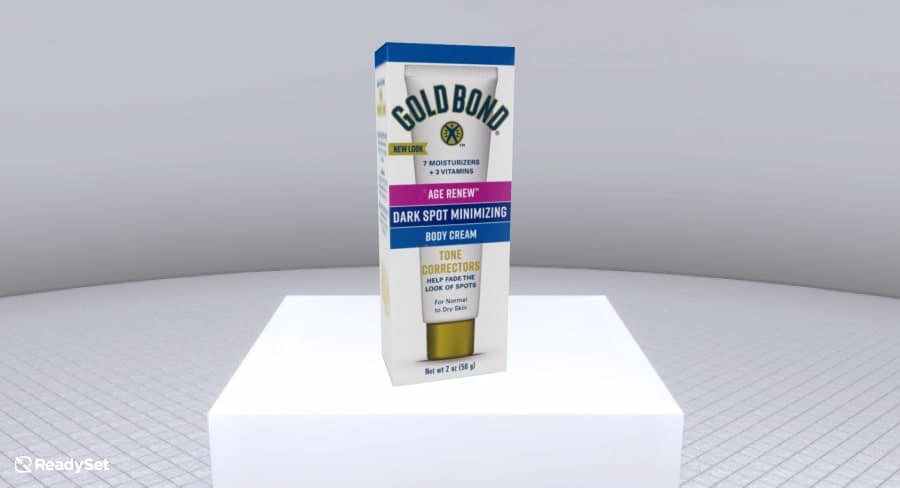
3. Product Innovations
Before launching a new product or developing a physical prototype, leverage VR to create a realistic 3D visualization. This immersive approach allows you to test and explore new products in a virtual environment, gaining valuable insights through interactive online market research experiences.
By using VR, you can accelerate the product development process, gathering consumer feedback early on to refine and optimize your offerings. This not only speeds up market research but also helps you better target consumer demand and gain a competitive edge, ensuring that your product is well-received and successful upon launch.
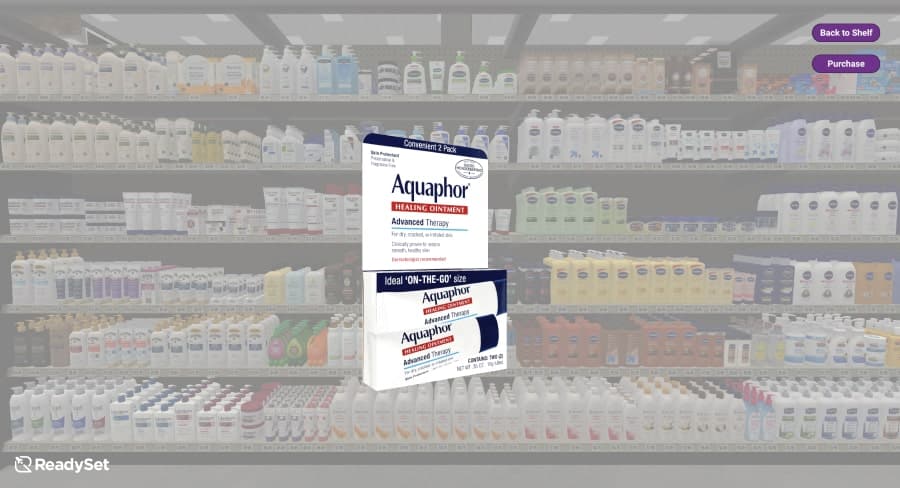
4. Packaging Design
Ensure that the most critical elements of your packaging are noticed by utilizing eye-tracking capabilities in virtual reality packaging design research. VR consumer market research in both in-person and online studies enables you to quickly identify how your packaging performs in terms of visibility and appeal.
By analyzing where consumers focus their attention, you can optimize your packaging design to enhance findability and resonate more effectively with your target audience. This streamlined approach to product market research allows for rapid adjustments, ensuring that your packaging stands out and drives engagement.
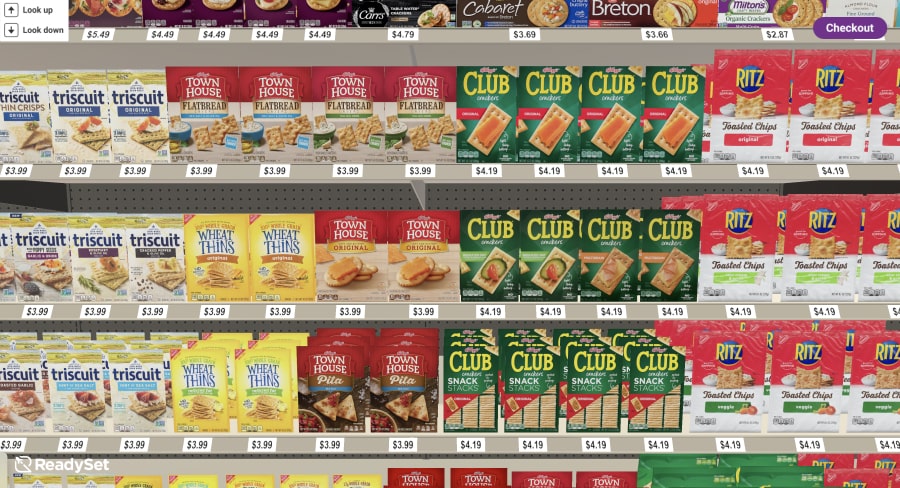
5. Pricing
Discover the optimal price range for your products using cost-effective and advanced analytics provided by virtual shopper pricing research. VR's immersive interactivity and eye-tracking capabilities offer deep insights into customer sensitivity to price, purchasing power, and willingness to pay.
By simulating various pricing scenarios in a virtual environment, you can accurately gauge consumer reactions and make informed pricing decisions that maximize sales and profitability. This method ensures that your pricing strategy is data-driven and tailored to your target market's preferences.
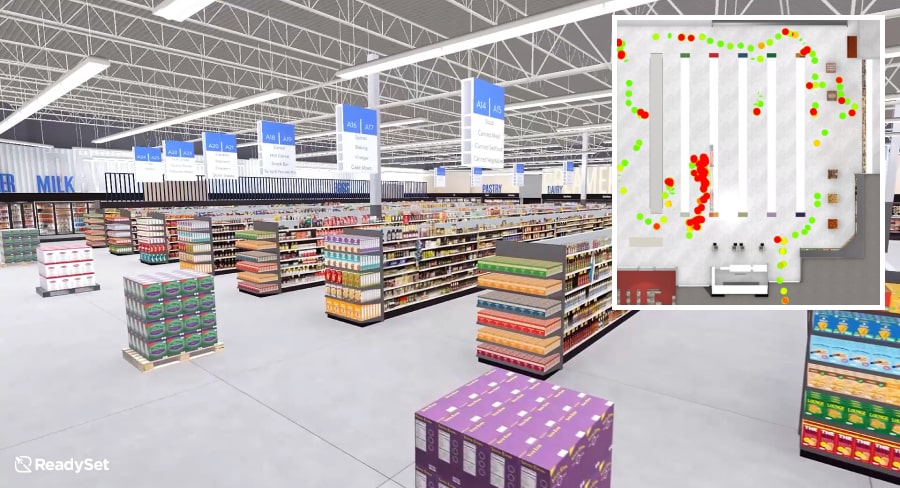
6. Store Customer Flow
Virtual reality is an excellent tool for conducting customer flow analysis, helping retailers understand shoppers' paths throughout the store. With VR, you can identify store traffic patterns, the most visited areas, bottlenecks, customer paths, dwell time, and shopper loyalty.
This comprehensive analysis enables retailers to optimize store layouts, improve the shopping experience, and increase sales by ensuring that high-traffic areas and product placements are strategically designed to meet customer needs and preferences.
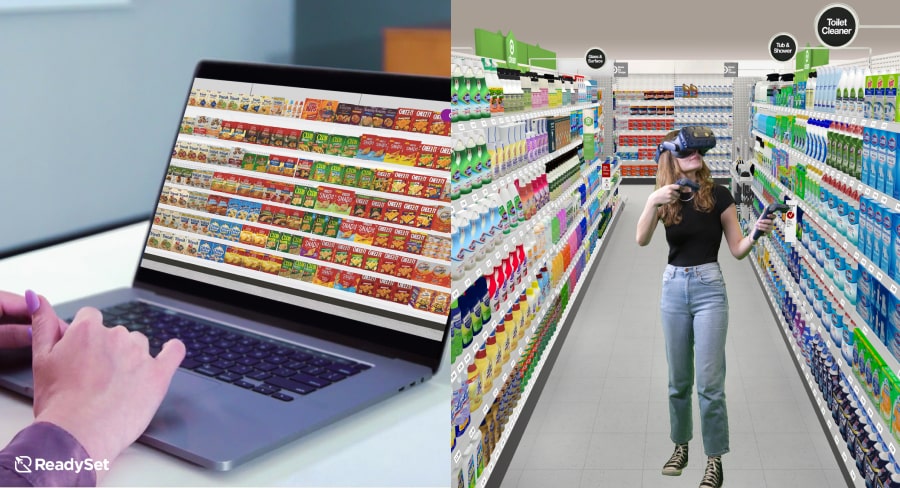
7. Quantitative & Qualitative Research
Leverage virtual reality (VR) to gather both quantitative and qualitative data tailored to your study's specific needs, whether through online virtual navigation or VR headset-based studies.
In virtual shopper research, respondents navigate through a simulated environment on their computer, with their navigation and often their eye gaze meticulously tracked. This quantitative market research can be executed on a large remote audience to generate high-quality data on purchases and behavioral activities, offering valuable insights into shopping patterns and preferences.
For qualitative shopper research, respondents can be fully immersed in a 3D environment using VR headsets that collect up to 90 data points per second. They can point out and discuss various elements, allowing for a richer exploration of their thoughts and feelings during the shopping experience, uncovering deeper insights into consumer motivations and attitudes.
By combining these approaches, VR research offers a comprehensive understanding of shopper motivations, preferences, and actions, leading to more informed and effective market strategies.
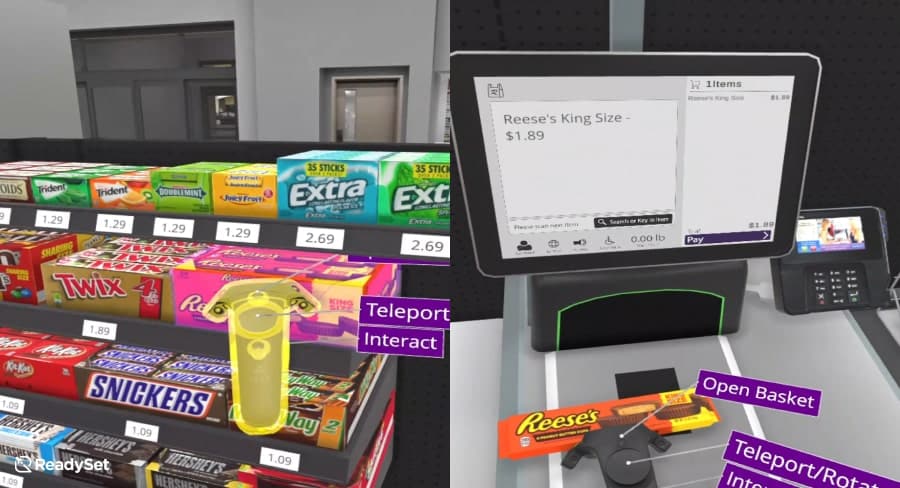
8. Checkout Area & Impulse Purchases
Utilize a VR market research platform to uncover the behaviors, motivations, and triggers that drive consumers to make spontaneous or unplanned purchases. VR’s path tracking and eye-tracking technologies enable you to experiment with strategic product placements, enticing promotions, and engaging shopping environments.
A virtual self-checkout or traditional checkout area can be used to evaluate product placement at the store front end. Tracking shopper attention during the checkout process and interaction with on-screen content provides valuable insights. This helps understand how customers engage with impulse products, promotions, and displays, influencing their final purchase decisions.
By analyzing how these factors influence impulse buying, you can optimize your store layout and marketing strategies to boost spontaneous purchases and enhance overall sales performance.
Subscribe to our newsletter
Get our blogs and the latest retail news delivered to your inbox monthly.
Recent Posts
8 Benefits of Virtual Reality Employee Training in Retail
Improve retail employee product knowledge, skills and process performance with realistic job simulations in virtual reality training software. Retailers strive to create the best retail training programs for employees because their actions have an incredible influence on the shopper’s store experience. Organizations use numerous retail training methods to educate their employees, including workbook readings, online…
ReadySet and Gateway Research partner to bring VR retail innovation technology to Australian Market
Gateway will be utilizing ReadySet virtual reality solutions to assist CPGs in Australia on retail planning and research. ReadySet Technologies, a virtual reality (VR) retail planning software company based in De Pere, Wisconsin, USA, who provides digital innovation tools to consumer brands, has announced it is partnering with Gateway Research, a Sydney, Australia based market…
ReadySet Technologies Selected as Wisconsin Innovation Awards Finalist
Virtual reality retail solutions provider, ReadySet, was selected as one of 30 finalists for the 2022 Wisconsin Innovation Awards. “We are excited to announce that ReadySet was selected as one of the 30 finalists for the Wisconsin Innovation Awards”, said Steve McLean, ReadySet CEO. “We congratulate all of the finalists who are demonstrating that organizations…


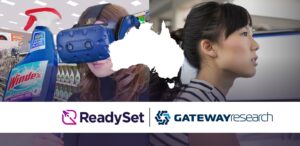
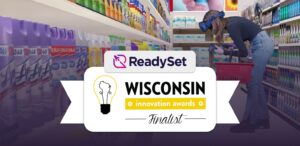
[…] perceive chocolate and candy as affordable indulgences. By simulating realistic store environments, VR shopper research studies enable candy manufacturers to test not only various pricing strategies but also the effectiveness […]